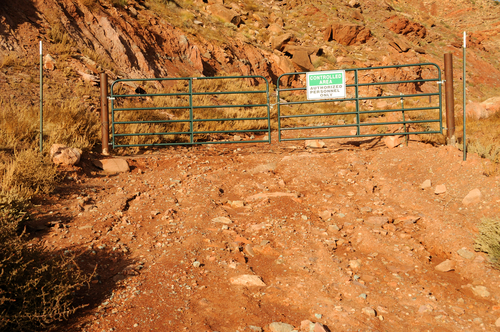Superfund Site Redevelopment—Common Concerns
 |
Despite the negative connotations associated with Superfund sites, many are salvageable and reusable, not only for purposes like landfills or parking lots but also for recreational, commercial, and industrial uses. By 2014, EPA’s SRI had assisted with more than 800 sites now in continued, active, or planned reuse over its 15-year initiative. Going forward, the EPA continues to work with multiple partners and stakeholders, develop guidance and tools, and enlighten potential purchasers about such things as different types of sites and cleanup activities, site safety and, of course, liability that can stand in the way of productive reuse.
More confusing aspects are the differences in sites that are known to be or perceived to have been contaminated. Superfund sites and brownfield sites are not the same and are managed under different programs. Brownfields are not considered Superfund sites, although they may also be contaminated, and are redeveloped at the state and local levels using funding provided by EPA’s Brownfields Program. According to the EPA, “Brownfields sites are generally abandoned or underutilized industrial or commercial facilities, and are often made up of small parcels with multiple owners.”
Join us for our CERCLA Cleanup webinar December 16 to learn tips on how to manage your cleanup projects each step of the way in a cost-effective manner. Learn more.
In contrast, the SRI focuses on redevelopment of sites that have been identified by the EPA as candidates for cleanup because they pose significant risks to human health or the environment. These properties are scored using the Hazard Ranking System, subjected to public comment, and many are placed on the National Priorities List (NPL), making them eligible for cleanup through the Superfund trust.
Considering safety concerns at Superfund sites, the EPA evaluates each site for the level of cleanup achieved and the appropriate level of use based on a different factors. For example, a site where all contamination has been eliminated and made safe from all environmental and human health risks is deemed acceptable for “unrestricted” use. However, sites where protective measures are in place for wastes that remain on-site are assessed based on the proposed use and whether that use might impair those protective measures. While most sites have some potential for reuse, the EPA concedes “… some sites, or portions of sites, may never be used because the controls established to ensure that the remedy remains protective are so strict they prevent reuse.”
CERCLA Cleanup: How “Potentially Responsible Parties” can Minimize Liability Risks and Control Costs
Join us on Tuesday, December 16, when our presenter, a seasoned environmental professional who has helped many companies manage Superfund site cleanups, will show you how to manage your cleanup projects step-by-step. Register now.
Of all the concerns potential purchasers and users may have, liability ranks high. According to the EPA, however, “Prospective purchasers (and their tenants) are exempt from owner or operator liability under CERCLA [Comprehensive Environmental Response, Compensation, and Liability Act] (Superfund) so long as the purchaser (or tenant) meets the definition of a ‘bona fide prospective purchaser’ under 40 USC 9601(40).” This provision requires that the bona fide prospective purchaser:
- Purchase the property after all disposal has taken place;
- Not impede the performance of a response action or natural resource restoration;
- Make all appropriate inquiry; and
- Exercise appropriate care with respect to any release.
Liability can occur when a purchaser or user interferes with an existing contamination remedy and/or causes new contamination releases on the site.
